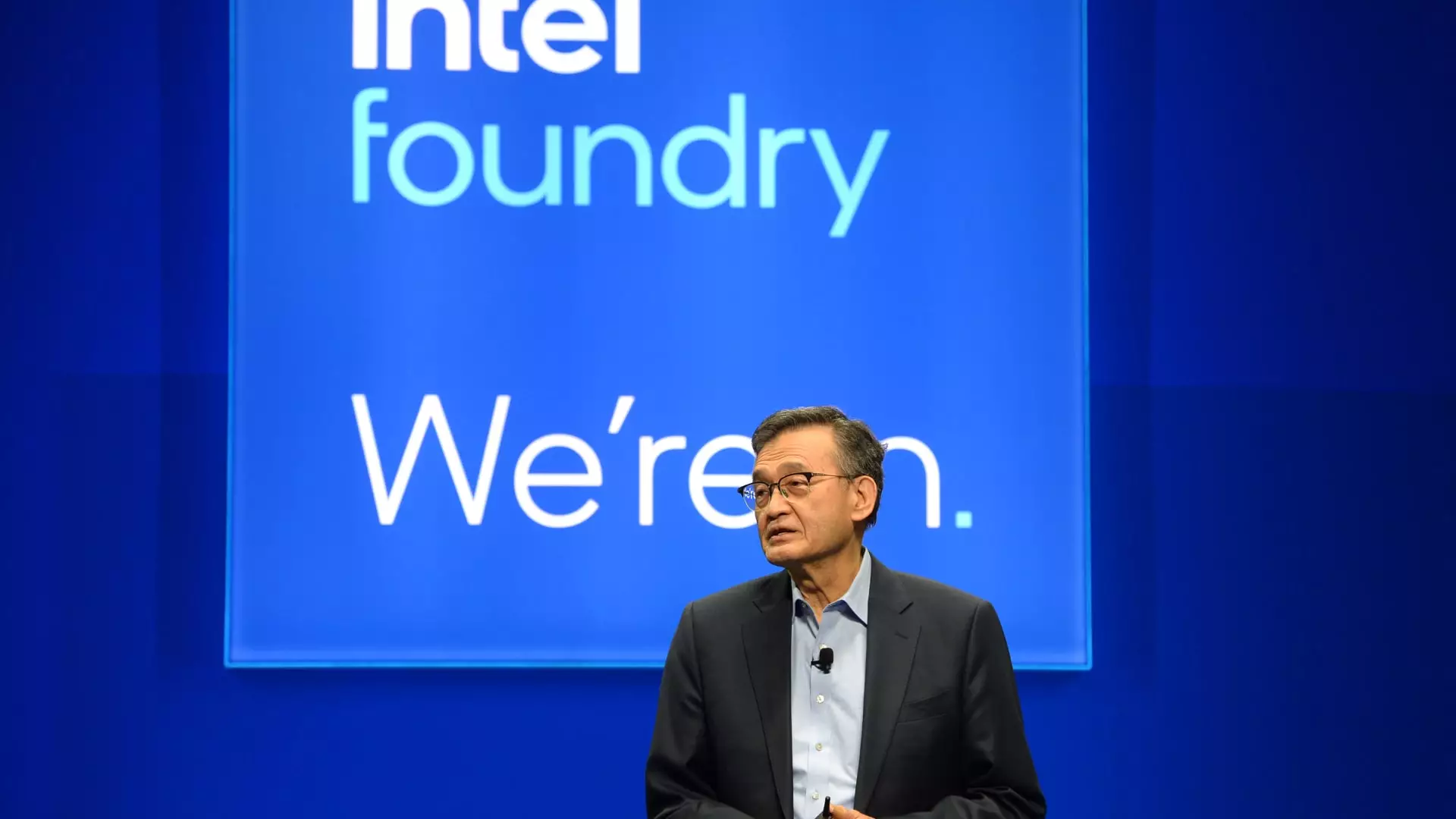Intel’s recent performance paints a complex picture: while the company reports better-than-expected financial results, beneath the surface lies a turbulent landscape marked by strategic upheaval and mounting challenges. The most striking aspect of Intel’s narrative in 2024 is its decision to slash foundry costs and scale back manufacturing ambitions—a move that signals a company attempting to adapt amidst a rapidly evolving tech ecosystem. This pivot, while potentially necessary, underscores the depth of Intel’s internal struggles and the uncertain road ahead.
The company’s quarterly earnings brought a rare moment of optimism. Beating revenue expectations and issuing a confident sales forecast for the upcoming quarter should ideally boost investor confidence. Yet, these bright spots are overshadowed by the dark cloud of uncertainty surrounding Intel’s manufacturing ambitions and its ability to generate external demand for its chips. The abandonment or scaling down of major foundry projects in Germany, Poland, and Ohio signals a shift from aggressive expansion to cautious retrenchment—an acknowledgment that Intel’s earlier investments may have been premature or misaligned with market realities.
The Crucial Dilemma: Will Intel’s Foundry Strategy Survive?
The core issue facing Intel is its elusive quest to secure external clients for its advanced manufacturing nodes. Despite decades of experience, Intel has struggled to attract significant outside customers to its foundry services—a stark contrast to industry titans like Taiwan Semiconductor Manufacturing Company (TSMC). The recent SEC filing admitting the possibility of pausing or even discontinuing its foundry business reflects a sobering reality: without external demand, Intel’s foundry ambitions could become a costly folly.
This reality raises a fundamental question about Intel’s future. Is it possible that the company’s manufacturing prowess will be limited to internal needs only? Will Intel be forced to accept that its foray into foundry services may not be sustainable without a major external customer base? The strategic choice to slow or halt productions and prioritize existing commitments illustrates a hard lesson in market positioning: without customers, even the most formidable manufacturing capacity is worth little.
Moreover, the current market environment—dominated by semiconductor giants who have cemented their infrastructure—creates a formidable barrier for Intel to penetrate. Intel’s predicament exposes how difficult it is for traditional industry leaders to pivot into new domains without relinquishing their core. Lenovo-like struggles to reimagine a business model that aligns with a rapidly shifting technological landscape are evident here.
The Broader Implications: Lessons in Market Misjudgment
The broader implication of Intel’s story is a stark lesson in corporate overconfidence and misaligned investments. Multiple years of excessive capital expenditure, underpinned by ambitious factory expansion plans, have resulted in an overbuilt, underutilized manufacturing footprint. CEO Lip-Bu Tan’s candid acknowledgment of these missteps underscores a pivotal theme: the importance of strategic agility and the humility to pivot when market signals turn grim.
The consequences of these miscalculations are laid bare in financial results: a widening net loss, massive impairment charges, and a battered stock price—a dismal 60% decline in value for 2024. Some analysts, like those at JPMorgan, see strategic movement towards a more measured approach as a “positive step,” yet skepticism remains high. The challenge for Intel is not just in turnaround plans but in fundamentally redefining its business model and market approach amidst fierce competition from AI giants and specialized chip manufacturers.
CEO Tan’s tenure has not been smooth sailing, and his acknowledgment of a difficult start reflects the company’s underlying turmoil. Slimming down the workforce by 15%, laying off thousands, was a stark but necessary step to stem losses. However, these measures merely scratch the surface of what needs to be a comprehensive strategic overhaul.
Intel’s prospects are now intertwined with its ability—and willingness—to accept a new reality. The path forward involves difficult decisions: prioritizing internal demand over external foundry ambitions, consolidating manufacturing assets, and perhaps most critically, redefining its identity in an industry that has decisively shifted away from traditional PC-centric markets toward AI, data centers, and specialized chip markets. Whether Intel possesses the resilience and strategic clarity to reinvent itself remains to be seen. But one thing is clear: the company’s future hinges on its capacity to navigate these turbulent waters with a bold, yet cautious, approach.

